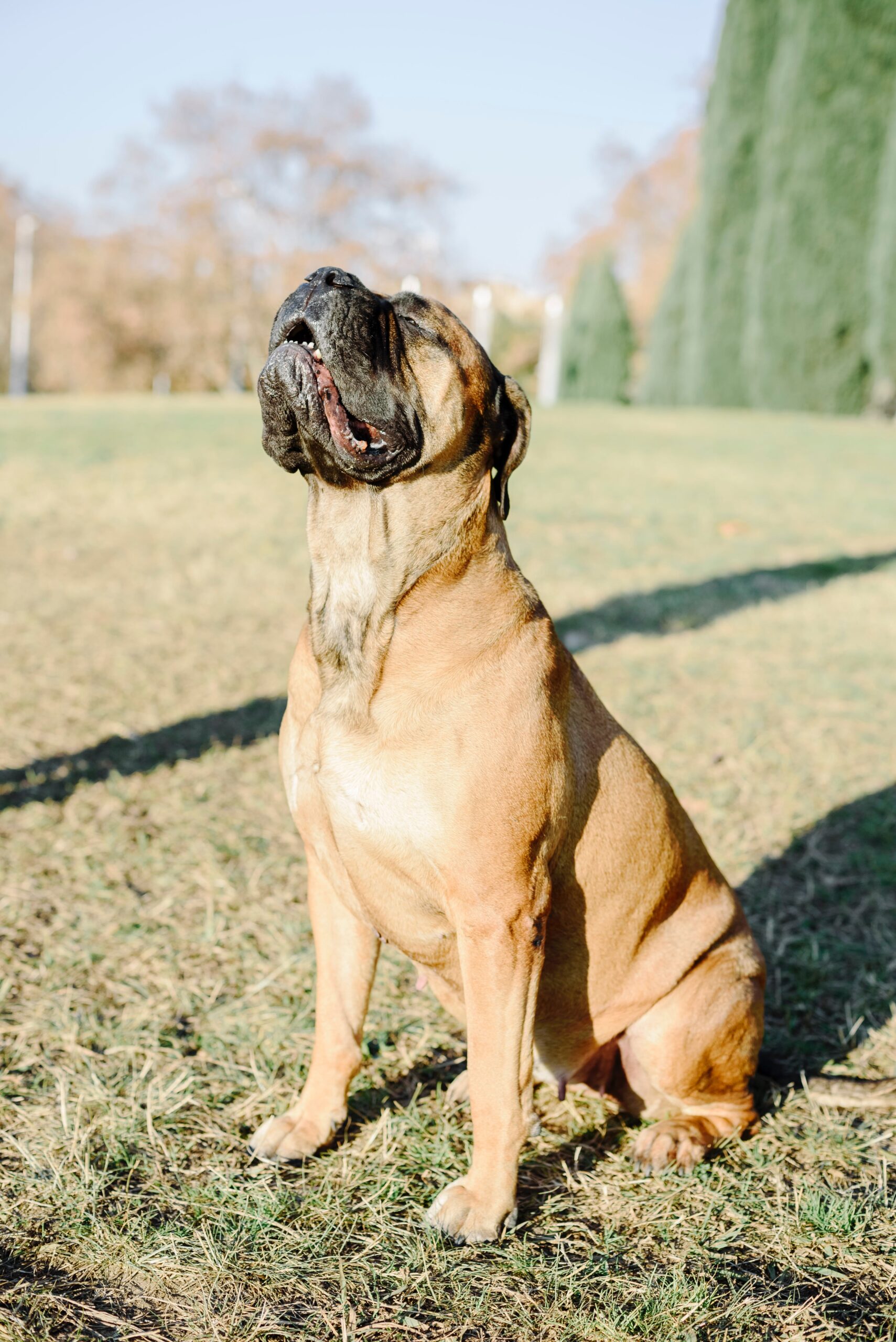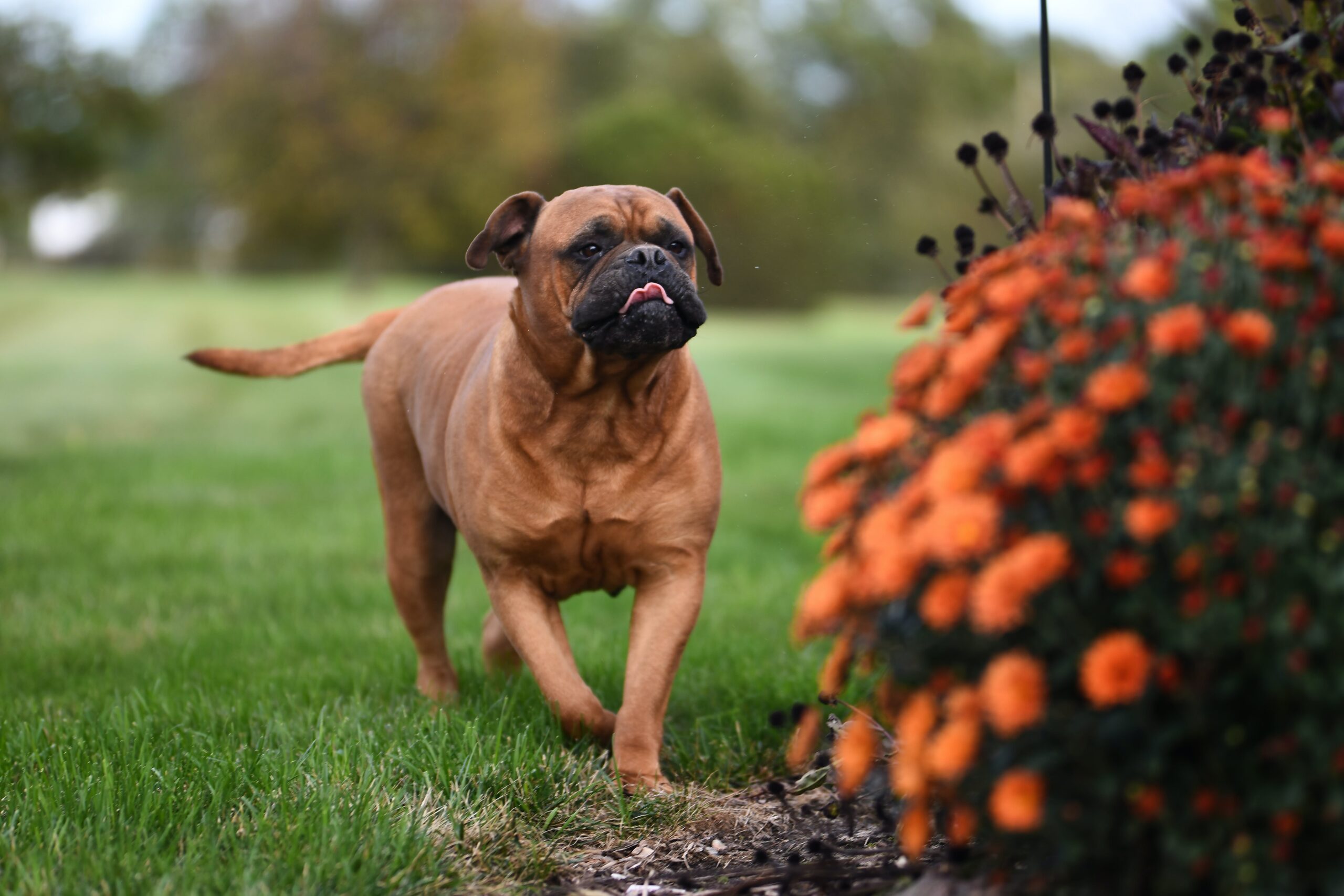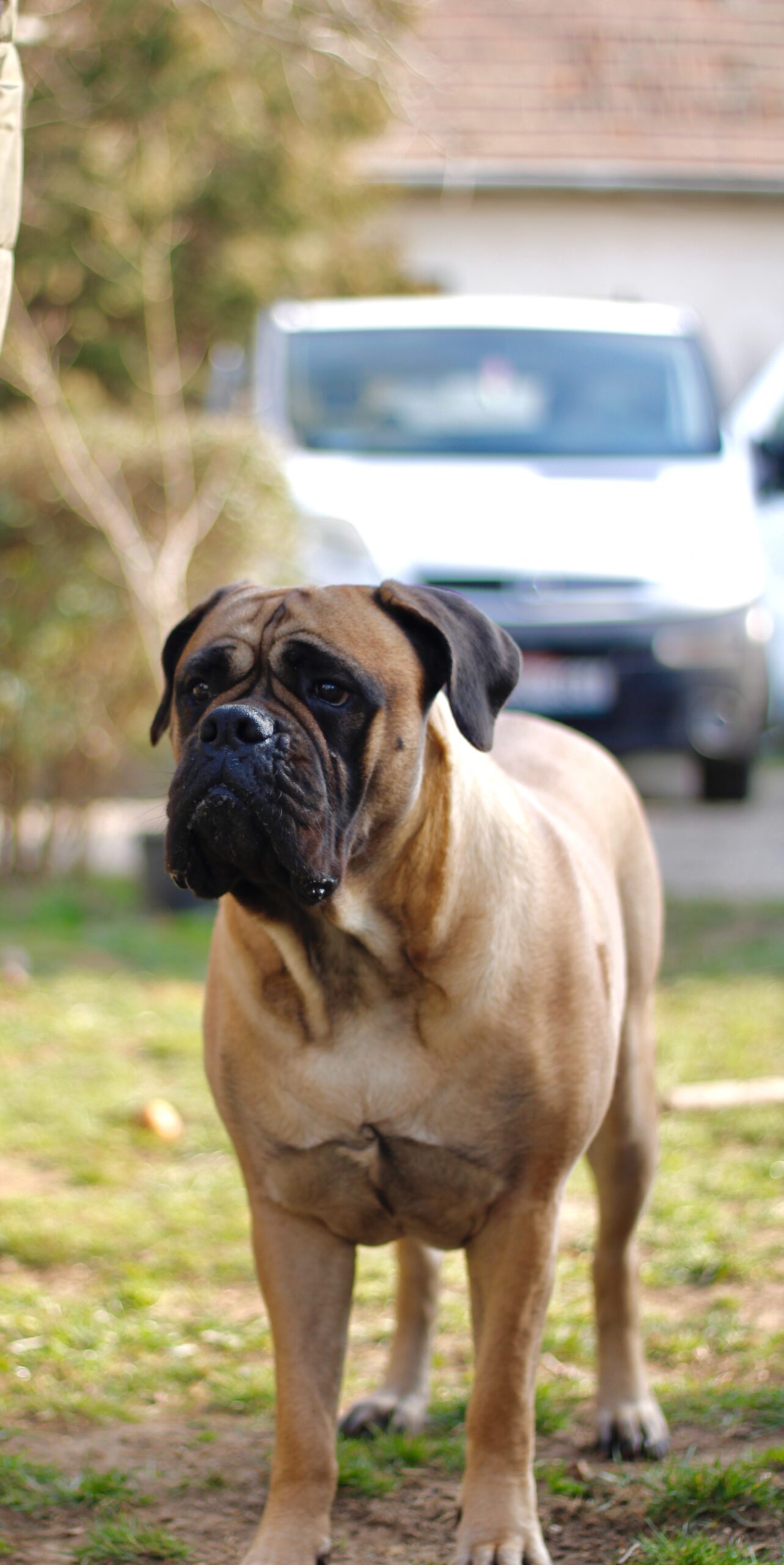The Fearless Guardians: Uncovering the History and Traits of Bull Mastiffs
A brief overview of the history and origins of the Bull Mastiff breed, including its development as a guard dog in 19th century England and its recognition by The Kennel Club and the American Kennel Club.
Overview of the Bull Mastiff Breed
The Bull Mastiff breed has a fascinating history that dates back to 19th century England. It was during this time that the breed was specifically developed to serve as a guard dog, entrusted with the responsibility of safeguarding large estates and game from poachers. This purposeful breeding was essential for addressing the unique challenges faced by gamekeepers, and it resulted in the creation of a dog with remarkable characteristics and abilities.
The breed’s official recognition by The Kennel Club in 1924 and subsequently by the American Kennel Club in 1934 marked significant milestones in its journey. These acknowledgments not only solidified the breed’s status but also brought attention to its distinctive attributes, such as strength, courage, and unwavering loyalty. As a result, the Bull Mastiff became renowned for its role as an excellent guardian and companion, deeply embedded in the history and heritage of England.
The Bull Mastiff’s evolution into a revered breed with a rich legacy demonstrates its enduring significance and impact, making it a breed of historical and cultural importance, cherished by dog enthusiasts around the world.
Early Development and Purpose
In the 19th century, the Bull Mastiff breed emerged as a product of deliberate breeding efforts to address the specific needs of gamekeepers in England. These dogs were developed to aid in the protection of game on large estates, thereby playing a crucial role in preventing poaching activities. This unique purpose required the Bull Mastiff to possess a combination of traits, including the ability to track silently, cover short distances rapidly, and restrain poachers without causing them harm, showcasing the breed’s remarkable agility and strength.
The Bull Mastiff’s development from a cross between the Mastiff and the Bulldog was a strategic move to create a canine companion with the ideal characteristics for its intended purpose. The breed’s genetic makeup, stemming from these two powerful and distinct breeds, contributed to its impressive physical prowess and inherent protective instincts, making it a formidable guardian of the estates it was tasked to safeguard. This deliberate breeding approach highlights the breed’s origins as a purpose-driven working dog, tailored to meet the specific needs and challenges faced by gamekeepers in 19th-century England.
Characteristics and Physical Traits
The Bull Mastiff’s physical characteristics make it a formidable and imposing breed. Known for its large and powerful build, the Bull Mastiff stands at an impressive 61-66 cm at the withers and can weigh between 50-59 kg, showcasing its robust and muscular stature. Its distinctive coat comes in fawn, red, or brindle colors, often with white markings on the chest, adding to its visual appeal and individuality as a breed.
Additionally, a striking feature of the Bull Mastiff is its black muzzle, which gradually becomes paler as it extends towards the eyes. This unique trait not only sets the breed apart visually but also adds to its overall majestic and commanding presence, further emphasizing its role as a guard and protector. This combination of physical attributes perfectly complements the breed’s historical purpose and temperament, making it an ideal choice for its original role as a gamekeeper’s dog and its modern role as a loyal and devoted family companion.
Historical Role as Gamekeepers’ Dogs
The Bull Mastiff’s historical role as gamekeepers’ dogs dates back to the 19th century in England, where they were developed to aid gamekeepers in protecting game on large estates. This involved the need for the breed to track quietly, cover short distances quickly, and hold poachers without causing harm to them. For example, Bull Mastiffs were trained to apprehend poachers without mauling them, showcasing their remarkable ability to distinguish between potential threats and innocent individuals.
Furthermore, the breed’s tenacious and fearless nature was central to its effectiveness in fulfilling its duties. For instance, Bull Mastiffs were known for their unwavering determination in holding offenders until the gamekeeper arrived, thereby preventing illegal activities and preserving the wildlife. This innate trait exemplified their loyalty and protective instincts, making them an indispensable asset to gamekeepers in England.
Health and Lifespan
Bull Mastiffs are prone to several common health concerns that owners should be aware of in order to provide proper care for their pets. One of the most prevalent health issues in this breed is hip and elbow dysplasia, which can cause discomfort and reduced mobility for the dog. Progressive retinal atrophy is another significant concern, as it can lead to vision impairment and eventual blindness in Bull Mastiffs.
Additionally, bloat, a life-threatening condition characterized by the dog’s stomach filling with gas, is a risk for this breed. It’s crucial for owners to monitor their Bull Mastiffs for any signs of bloat, such as a swollen abdomen, restlessness, or unproductive retching, and seek immediate veterinary care if suspected. Furthermore, cancer, although not exclusive to Bull Mastiffs, is a health issue that can affect the breed, emphasizing the need for regular veterinary check-ups and early detection of any potential concerns.
The average lifespan of a Bull Mastiff ranges from 8 to 12 years, with a median age of 7.5 years. While genetics play a role in determining a dog’s lifespan, providing a balanced diet, regular exercise, and routine veterinary care can contribute to ensuring a healthy and fulfilling life for these beloved companions.
Modern Role and Temperament
The modern role of the Bull Mastiff has transitioned from being exclusively a guard dog to becoming a cherished family companion. Through proper training and socialization, Bull Mastiffs have demonstrated a calm and dependable disposition, making them well-suited for domestic life. This evolution has been driven by the breed’s innate loyalty and protective nature, which have made them valued members of many households. For example, due to their gentle and affectionate demeanor, Bull Mastiffs have proven to be excellent companions for families, especially those with experience in handling large and powerful breeds.
Moreover, the Bull Mastiff’s temperament has made them suitable for various roles within a family setting, such as providing companionship, protection, and even emotional support. As a result, their modern role reflects a significant shift from their historical purpose, highlighting their adaptability and versatility as a breed. This adaptation has solidified their position as a beloved and integral part of many families, showcasing their ability to thrive in diverse environments and fulfill various roles beyond their original function as guard dogs.




 Book Appointment
Book Appointment